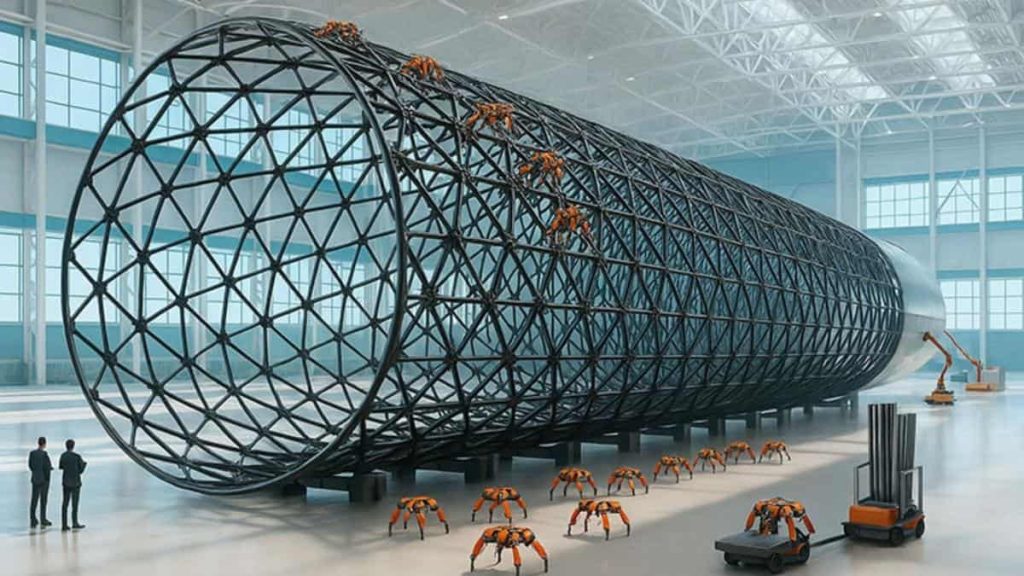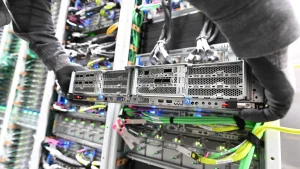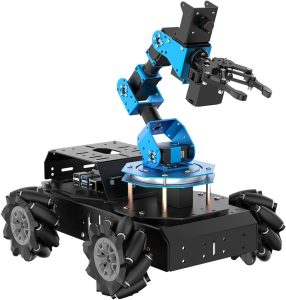ChatGPT Meets Robotics: Designing the Future

Imagine typing a prompt and having a robot come to life before your eyes. Duke University is making that a reality. Their engineers are working on groundbreaking technology that turns simple text commands into physical robots. It’s not science fiction; it’s the future of robotics, and it’s happening now.
The world of robotics is evolving at lightning speed, thanks to efforts like those from Duke University. With innovations that transform text into tangible machines, the barriers to designing robots are breaking down. This means more people can create and experiment with robots, regardless of their technical background. It’s an exciting shift towards democratizing technology, empowering individuals to be at the forefront of the robot revolution.
Revolutionizing Robot Design
Duke University engineers are unlocking a new era in robot design. Envisioning a world where anyone can create robots with just a keyboard, they’ve developed Text2Robot, a tool that transforms text prompts into robot designs. The goal is simple yet ambitious: make robot design accessible to everyone.
Hydrogen Hooves and Ballie’s Balancing Act
CORLEO challenges traditional control systems by using AI to fine-tune its movements, promising a smoother ride across challenging terrains. Ballie’s compact, ball-shaped design allows it to navigate homes effortlessly, marking a significant step in personal robotics.
China’s Ambition in Robot Training
By July, Shanghai’s robot training hub will be fully operational, becoming a cornerstone in robotics education. This massive undertaking showcases the collaboration between multiple companies aiming to boost robots’ functionalities worldwide.
Silos Smashed: A New Era for Smart Cities
A working proof of concept is anticipated by year-end, further cementing this innovative partnership. As technology evolves, its impact on smart city developments continues to grow, promising a future of efficient, self-sufficient urban living.
Educational Endeavors and Accessible Automation
With FLUID, the potential for innovation in laboratories worldwide increases, as does the speed and efficiency of research processes. The advent of such technologies broadens the reach and impact of scientific discoveries.
The Robot Frontier: Exploring New Possibilities
The team is working to expand Text2Robot’s capabilities. Soon, it might include advanced features like sensors, making robot creation even more versatile and user-friendly.
A Glimpse into Robotic Humanoids
Protoclone’s development raises questions about the future of androids. As technology advances, we may be on the brink of androids performing tasks alongside humans.
Trending Robotics: Mars Adventures and Robotics Boxing
Plans for SpaceX’s Starship highlight the intertwining of robotics and space exploration. Moreover, Unitree’s boxing match underscores the entertainment potential of robotics, showcasing their agility and programmability.
Market Shifts and Strategic Investments
Nuro’s pivot to licensing its autonomy platform and BRINC’s focus on emergency-response drones exemplify the diverse applications of robotics. Such moves reflect the growing investment in developing robotics for various industries.
Evolving the Robotics Industry
As we witness these advancements, it’s clear that robotics will play an integral role in shaping our future. The possibilities are endless, with innovations continually pushing the boundaries of what’s possible.
Robotics is not just about machines; it’s about the endless possibilities they bring. From simple prompts to complex maneuvers, the future lies in making technology accessible to all. As innovations continue, the lines between imagination and reality blur, promising a world where everyone can be a creator.





